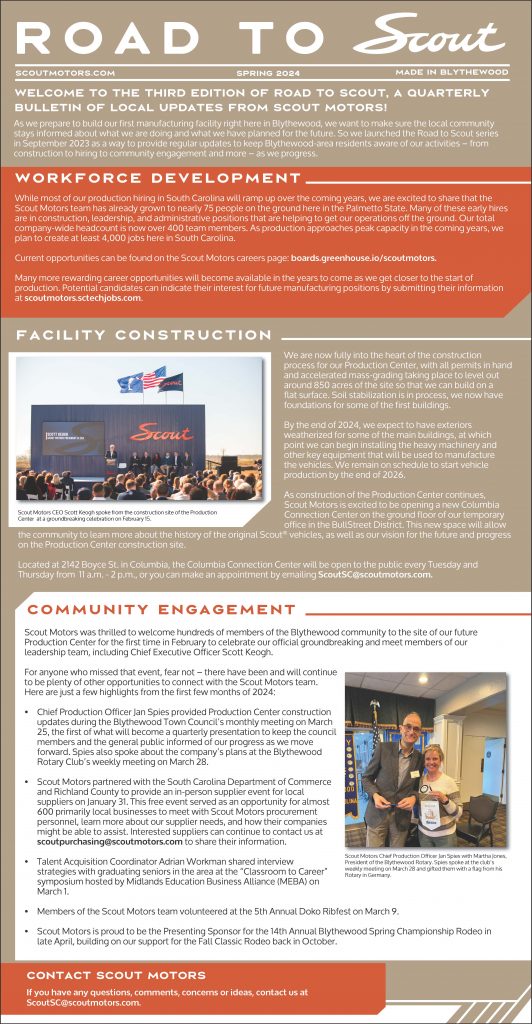Of all the things politicians should not be allowed to do – profit, either generously or modestly, from their positions; use the influence of their power to obtain an economic benefit for a family member; make laws that benefit only themselves, family members or business associates; employ mistresses in high-wage, low-labor government jobs – the one thing that is not even on the list, yet should be at or near the top, is having any input whatsoever in configuring the lines that make up the district in which they serve. If one thinks about it for even a moment, they will undoubtedly find it unthinkable.
And yet thus it has always been, from the U.S. Congress to the Palookaville Town Aldermen. Those in office have almost complete autonomy in drawing the lines of their office.
The results are predictable. On the maps, districts take on more contortions than the Cirque du Solei, and instead of voters choosing their representatives, representatives essentially choose their voters, drawing lines that protect their office and ensure their reelection for years to come. Politicians become so entrenched in their elected offices they could not be extracted with a crowbar, regardless of how angry or frustrated voters get. It is precisely this conundrum that negates any popular argument for term limits – with district lines drawn the way they’re drawn, by whom they are drawn, any term-limited representative would ultimately be replaced with an ideological clone, ready to pick up where his or her predecessor left off. Any perceived change would be unlikely to yield any actual change.
These districting liberties took on a new dimension in Fairfield County recently when a sitting member of the School Board was drawn out of his district by County Council halfway through his term. Whether this was an oversight or a cold slice of premeditated politics, the new map disenfranchised an entire district for more than two years and placed the Board in the precarious position of a potential legal challenge to every 4-3 decision in which the redistricted Board member voted with the majority.
While the Council Chairman’s memory on the topic is hazy, the State Budget and Control Board, which provides the proposed district maps for Council’s consideration, is adamant that the locations of incumbents are, as a matter of course, clearly marked on these maps. And they are so marked in order to prevent just such an occurrence.
But there are maps and then there are maps, and the map to which Council gave its final OK in 2011 pushed just enough of District 5 into District 6 to rob the School Board of a sitting member.
A bill introduced by Fairfield’s legislative delegation in February and signed by the governor in early March was designed to correct that flaw, but it only succeeded by half. The aggrieved Board member has been returned to District 5 – but only for the office of School Board. As far as his vote for County Council, that remains in District 6. The reason: Only County Council can change County Council lines.
When we spoke to the Chairman about this issue last month, he, like everyone else, was under the impression that the governor’s pen would heal all wounds. Had he known before the legislative ball started rolling that an incumbent had been drawn out of his district, the Chairman said, he would have made every effort to return him to District 5.
Now the Chairman does know, and now that we all know the legislation did not mend the entire rift, we challenge the Chairman to make good on his word and repair the district lines. It is, after all, the right and honorable thing to do.
Three readings and a public hearing should do the trick. Anything less will make the whole affair appear to be less of an oversight and nothing more than political gamesmanship.
Fairfield County is, however, only a microcosm of our national political culture. There are two things that Americans could do right now to hit the reset button on our country. One is to demand a Constitutional amendment providing for the public funding of all elections, banning all private money from the political process. It’s been said here before, and we won’t go into it again – not this week, at least.
The other is to relieve politicians from the responsibility of drawing district lines and place that responsibility in the hands of, say, independent panels of judges, one panel per state, elected at-large by the people of that state.
Impossible? Absolutely not. Crazy? Maybe.
But that’s what the English said about the Declaration of Independence.










